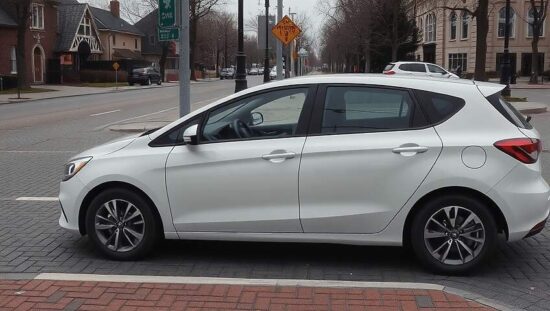German Transport Minister Patrick Schnieder is advocating for increased pressure on the European Commission to ease existing CO2 fleet emission standards, potentially allowing the registration of new vehicles with emissions beyond 2035.
Schnieder, of the Christian Democratic Union (CDU), stated in an interview with ARD’s “Interview der Woche” that there is a desire to maintain the possibility of utilizing combustion engine technology beyond the established 2035 deadline. Discussions between the automotive industry and high-ranking EU officials are already underway to explore these adjustments.
While a pre-negotiated exception within the EU resolution permits the registration of climate-neutral combustion engines powered by synthetic fuels (e-fuels) post-2035, Schnieder believes this doesn’t go far enough. He highlighted the need to consider other forms of technology, potentially as bridging solutions, citing plug-in hybrid vehicles as an example. A recent study by Transport & Environment indicated that plug-in hybrids emit five times more CO2 on the road compared to emissions measured on testing grounds.
Responding to questions about potentially allowing vehicles with CO2 emissions beyond 2035, Schnieder said the possibility would be evaluated, stating, “We will see what technological possibilities we have and if necessary, yes.
The CDU politician emphasized that the German automotive industry’s transformation can only succeed if it remains strong, arguing that climate goals can only be met if the nation’s economy is robust. He believes current regulations, which mandate zero emissions for new vehicle sales by 2035, lack the necessary flexibility to achieve climate targets.
Presently, EU-wide fleet emission targets allow new vehicles registered within the EU to emit an average of 93.6 grams of CO2 per kilometer. These limits are progressively reduced to zero grams per kilometer by 2035, effectively prohibiting the sale of new internal combustion engine vehicles.
These fleet emission targets are integral to the “Fit-for-55” package, designed to steer the EU toward a climate trajectory limiting global warming to just above two degrees Celsius. The International Court of Justice recently clarified that states exceeding the 1.5-degree Celsius threshold could potentially face liability claims for damages.





